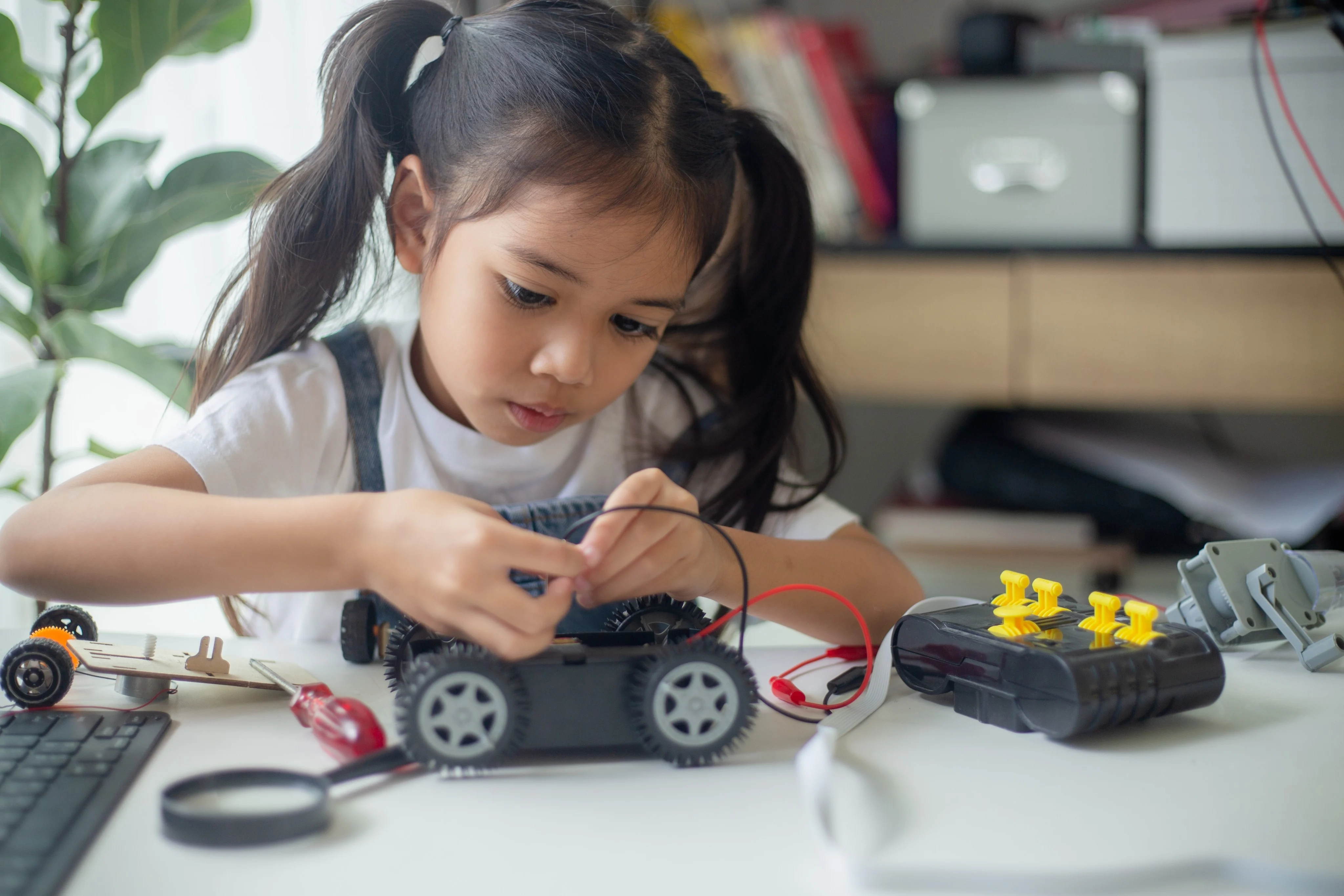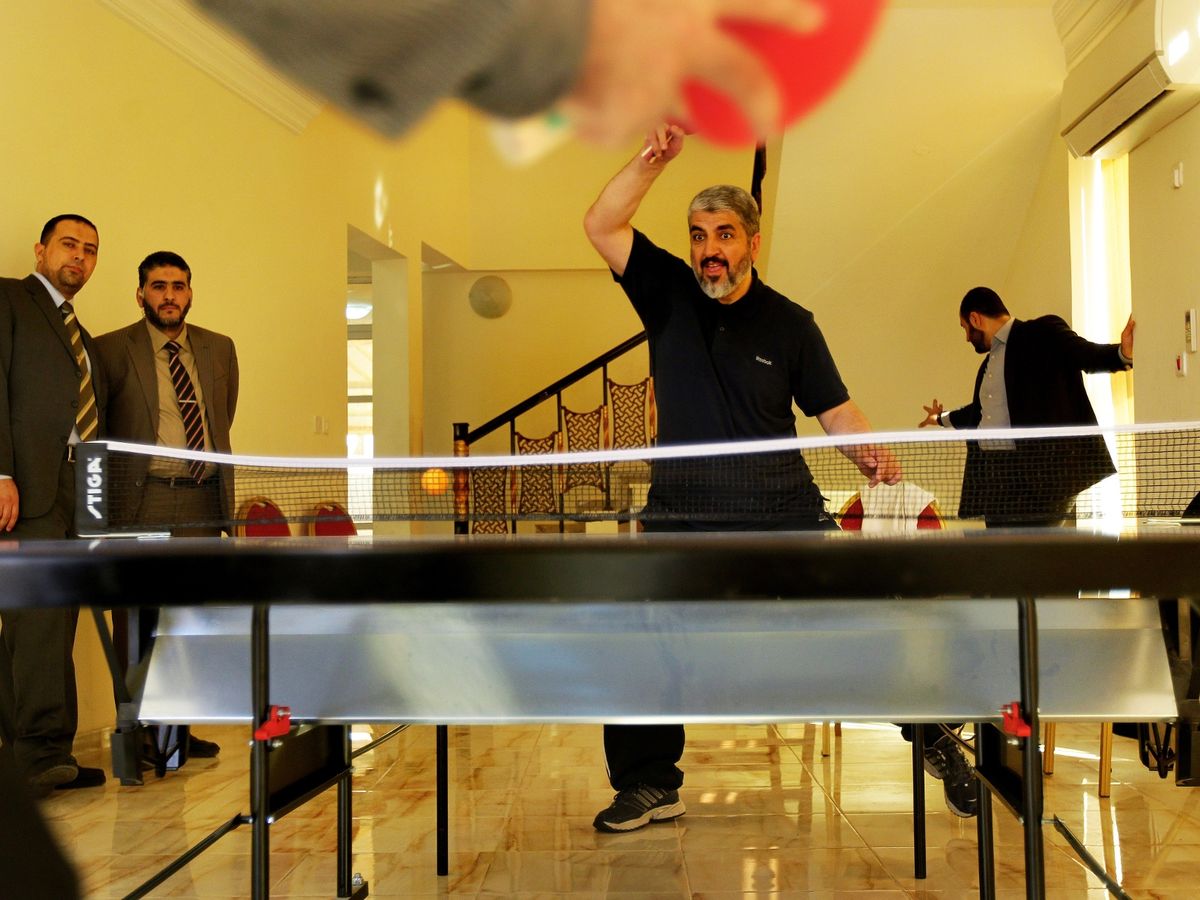By Edith Lin
Copyright scmp

Playing with toys aimed at boys helps children develop spatial skills better than ones designed for girls and can give them an advantage if they pursue a STEM education, a seven-year Hong Kong study has found.
Professor Ivy Wong Wang, director of the Chinese University of Hong Kong’s gender studies programme, said boy-typical play, involving toy cars or assembling models for example, generally encouraged spatial skills, while toys for girls, such as tea sets or baby dolls, rarely required the skills and focused on nurturing.
Her research found that children, regardless of their sex, who played more with boy-typical toys had better mental transformation skills, and boys outperformed girls in that ability as predicted.
Mental transformation is a spatial skill that involves imagining how objects look when they are transformed, rotated or moved.
“Our study proposes that we can narrow the gender gaps in development through narrowing the gender gaps in play, in particular to intervene during childhood,” Wong said.
She said spatial skills could be applied in reading maps, driving and sports, while past research showed they were crucial to performance and career development in science, technology, engineering and mathematics (STEM).
“Both girls and boys need spatial skills,” she said. “If girls have better spatial skills, they can perform better in mathematics and can choose a STEM career if they want.”
Wong suggested parents and teachers observe how children pick toys and encourage girls to choose puzzles, building blocks, drawing or model building, which require spatial skills.
In their interactions with children, parents and teachers could also emphasise language related to spatial skills, focusing on the size, direction and relation of items, while avoiding labelling certain toys as specific to one sex, she said.
She also suggested manufacturers develop toys for girls that encouraged spatial skills and reduce gendered messages in their advertisements, such as promoting certain colours to one sex only.
Wong studied 644 Hong Kong children aged five and six in 2014 and 2015. She later reassessed 210 of them between 2021 and 2023, when they were 11 to 14 years old.
The first stage assessed children by observing how they picked and played with 15 types of toys in a laboratory setting. Five items were provided for each category of boy-typical, girl-typical and gender-neutral play.
Books, drawing boards and toy animals are examples of gender-neutral play.
In stage two, the laboratory observation was no longer age appropriate and was replaced with the teenagers’ self-assessment on their preference and frequency of playing with toys from each of the three categories suitable for their age.
Both stages required the participants to undergo mental transformation tests to understand their ability. The study also took into account the parents’ reports on the play habits of their children at home, including the frequency, types and number of toys.
Her study found both boys and girls engaged in more of their gender-typical play at both stages, and boys had the advantage in mental transformation skills.
The research model also confirmed the prediction that boy-typical play enabled better mental transformation for both sexes and across socioeconomic levels.
Previous studies only covered a small sample of about 100 respondents and were short term.
The study has ruled out socio-economic factors, as respondents were selected from districts with low to high household income levels according to census results.



